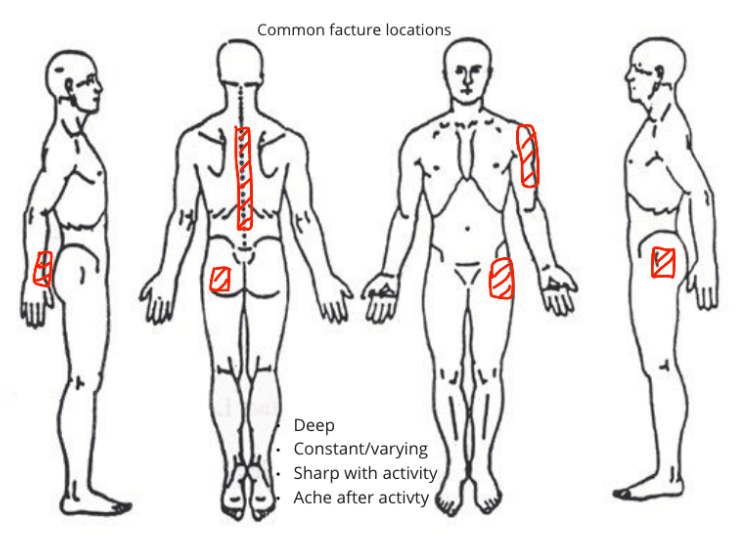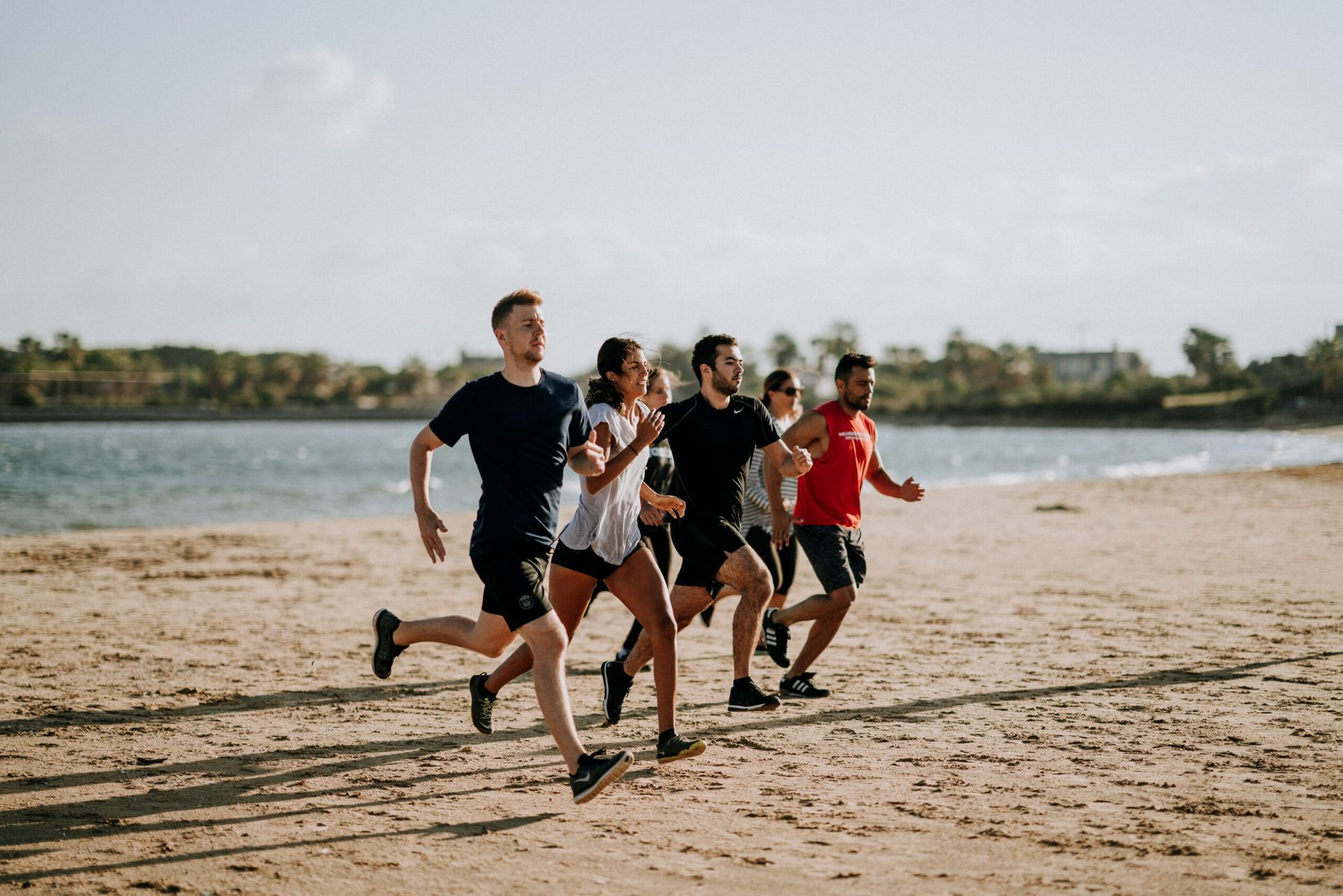The National Disability Insurance Scheme (NDIS) is here to support individuals with disabilities in Australia. If you’re in Altona or the western suburbs of Melbourne and seeking physiotherapy services under the NDIS, this blog will guide you through the process of accessing the care you need.
What is the NDIS?
The NDIS is a government program designed to assist people with disabilities by providing funding for necessary services and support. This includes physiotherapy, which can be incredibly helpful for managing pain, improving function and sustaining an enhanced overall quality of life.
Who is Eligible for NDIS?
To be eligible for NDIS, you must meet the following criteria:
- Have a permanent disability that significantly impacts your ability to participate in everyday activities.
- Be under the age of 65.
- Be an Australian citizen or permanent resident.
What Support Does NDIS Provide?
The NDIS provides a range of supports to people with disability, including:
- Assistance with daily living: This includes help with tasks such as dressing, bathing, and eating.
- Therapy: This includes physiotherapy, occupational therapy, and speech therapy.
- Equipment and home modifications: This includes wheelchairs, ramps, and home modifications that make it easier to live independently.
- Respite support: This includes help with caring for someone with a disability.
How to Access Physiotherapy Services through NDIS in Altona
Step 1: Determine Your Eligibility
Before accessing NDIS-funded physiotherapy, you need to make sure you’re eligible for the NDIS. The NDIS is available for individuals who meet certain criteria and have a disability that significantly impacts their daily life.
Step 2: Create a Plan
If you’re eligible for the NDIS, the next step is creating an NDIS plan. Your plan outlines your specific needs and goals, including any physiotherapy services required.
Step 3: Find an NDIS Physiotherapist in Altona
You’ll want to work with a NDIS physiotherapist in Altona that is experienced in providing services to NDIS participants, and their fees are in alignment with your NDIS plan.
Step 4: Discuss Your Needs
Meet with your chosen physiotherapist and discuss your needs, goals, and any specific challenges you face due to your disability. They will assess your situation and create a tailored plan to help you achieve the best results.
Step 5: Implement Your Plan
Once your plan is in place, you can begin receiving physiotherapy services. Your physiotherapist will work with you to address your mobility, pain management, and other concerns, all with the goal of improving your well-being.
Step 6: Ongoing Support
Physiotherapy is often an ongoing process. Your physiotherapist will work with you to ensure you’re making progress and to make any necessary adjustments to your plan.
What to Expect at Your First Physiotherapy Appointment
At your first physiotherapy appointment, the physiotherapist will ask you about your disability and your pain. They will also assess your mobility and range of motion. Based on your assessment, the physiotherapist will develop a personalized treatment plan for you.
How Much Does Physiotherapy Cost?
The cost of physiotherapy will vary depending on your individual needs. However, if you are an NDIS participant, your NDIS plan will cover the cost of your physiotherapy services.
Conclusion:
Discover the transformative power of NDIS physio in Altona! Accessing physiotherapy services through the NDIS is a process that can significantly improve your quality of life. It’s all about helping you achieve your health and active goals!





